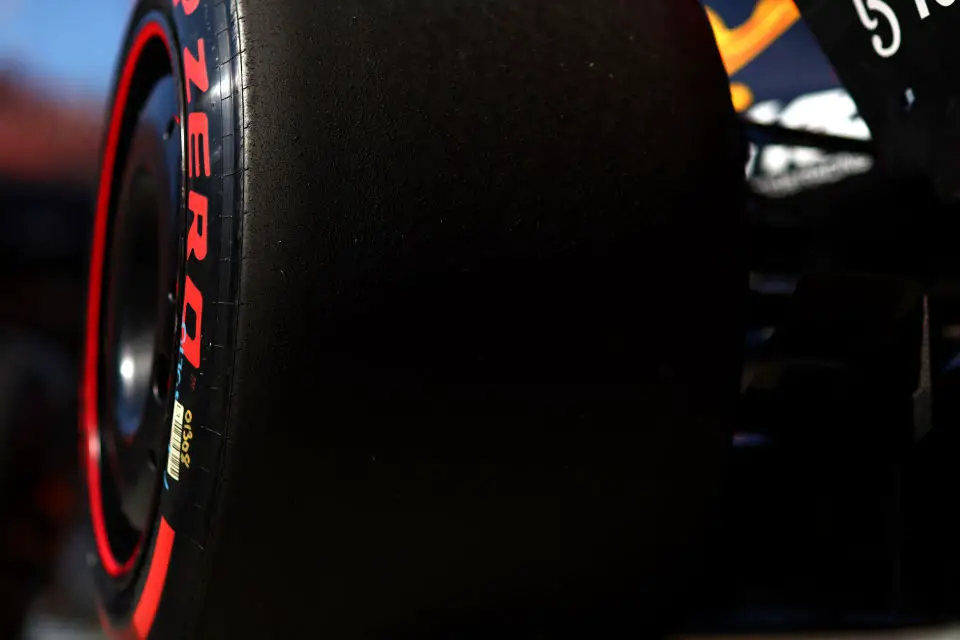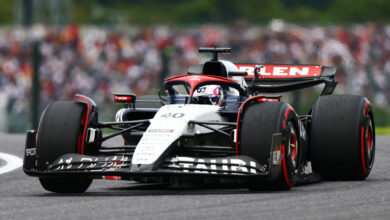F1 to Revolutionize Racing with Potential 2026 Tyre and Car Size Reductions
In a groundbreaking development for Formula 1, 2026 might see major changes in tyre and car sizes, aimed at reducing the vehicles’ weight. This initiative is part of F1’s continuous evolution, focusing on enhanced performance and efficiency.
Key Takeaways:
- Major Changes Ahead: The 2026 Formula 1 season could witness a significant shift in car design, with smaller tyres and a lighter overall car weight being central to the new regulations. This change is aimed at improving car performance by reducing the weight by approximately 50 kg, as revealed by FIA’s head of single seaters, Nikolas Tombazis.
- Technical Implications and Challenges: The proposed changes include reducing the wheelbase and car width, which would lead to narrower tyres. These alterations are expected to influence the cars’ aerodynamics and cornering capabilities. Additionally, the move away from 18-inch wheels is being considered, with 16-inch wheels as a potential compromise.
- Industry Perspectives on Weight Reduction: Mercedes technical director James Allison highlighted the challenges in achieving weight reduction. His comments emphasize the complexity of developing technical rules that effectively reduce car weight, suggesting a lowered weight limit to compel teams to make strategic design choices.

The Formula 1 community is abuzz with the potential introduction of a major tyre change in 2026, a development that could significantly alter the sport’s future landscape. This initiative is not just a cosmetic alteration but a strategic move to enhance the racing experience by making cars lighter and more efficient.
Nikolas Tombazis’s revelation last month set the stage for this significant shift. His statement to Motorsport.com underscores the FIA’s commitment to evolving the sport, emphasizing that the proposed changes would lead to “shorter and narrower” cars, impacting their aerodynamic load and cornering speeds. The reduction in weight is seen as a pivotal factor in balancing straight-line speed and aerodynamic efficiency.
The tyre changes are particularly noteworthy. The proposed reduction in wheelbase and width, compared to the dimensions of the 2016 cars, suggests a fundamental redesign of the cars’ architecture. The consideration of 16-inch wheels over the current 18-inch ones, which added significant weight, opens up new design and performance dynamics.
This evolution, however, presents technical challenges, as highlighted by Mercedes’ technical director, James Allison. His insights reveal the complexities involved in achieving weight reduction within the constraints of technical regulations. His suggestion to lower the weight limit as a way to force teams to make hard choices reflects the broader debate within the F1 community about the best path forward in car design.
The potential shift to smaller tyres and a lighter car design is a response to the evolving nature of Formula 1, where performance, efficiency, and aesthetics intersect. As the sport prepares for its 2026 season, these changes mark a significant step in its ongoing journey of innovation and excellence. With team bosses and technical directors voicing their perspectives, the debate over the best approach to weight reduction and car design promises to be a central theme in the sport’s development over the next few years.


